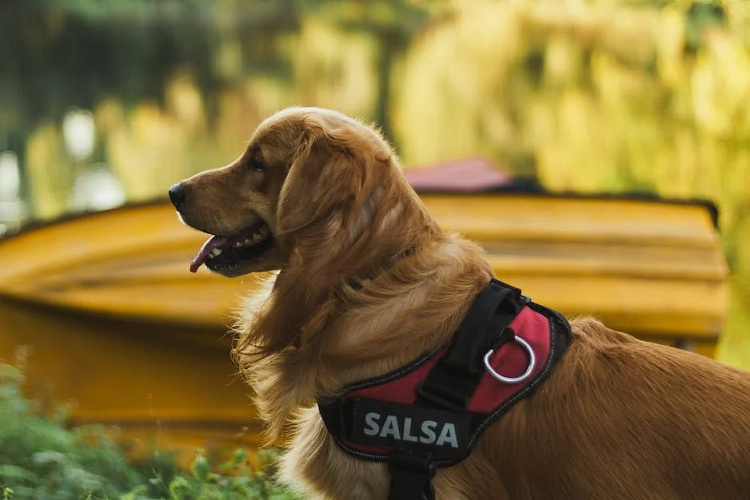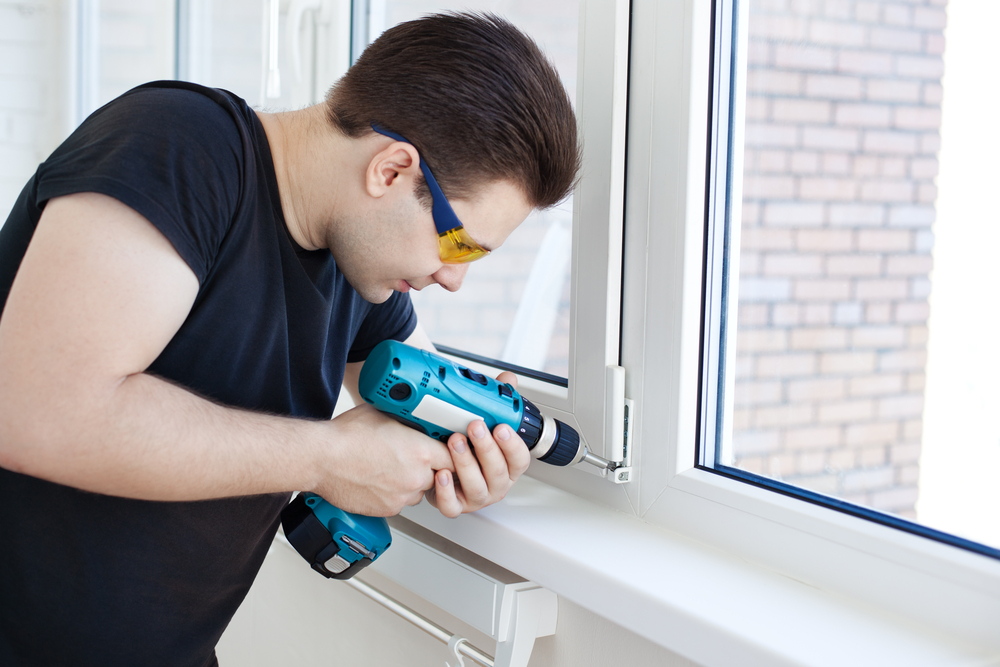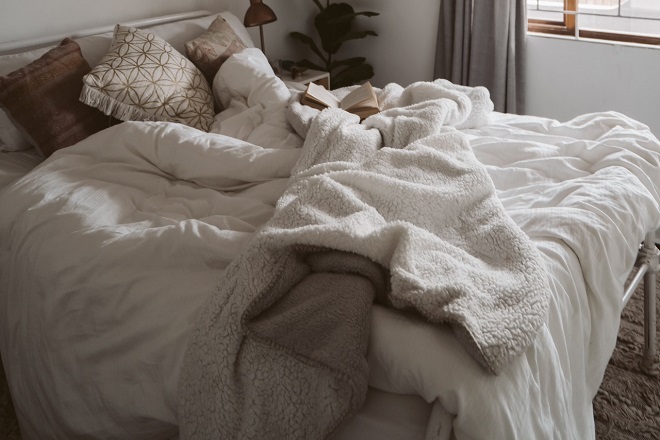Don’t you just love that dog next door? You know, the one with the silky face and gorgeous coat? If you’ve ever dreamed of having such a dog for yourself, then this article is for you. In it, we’ll learn about shedding, why dogs shed and how to deal with it. We’ll also discuss what to do if your golden retriever dogs are not shedding as much as you’d like him or her to be.
- All dogs shed, but some shed a lot more than others.
All dogs shed, but some shed more than others. Especially for people with allergies and asthma, this is a big deal.
The main thing to remember about shedding is that all dogs will shed at some point, regardless of breed or coat type. However, there are differences in how much your Golden Retriever will be shedding and how often it will happen.
One important thing to note is that because a dog’s hair grows longer than its skin does (and therefore causes the skin to appear redder), it can look like your Golden Retriever has more dander after he’s been trimmed than before—even though he may not actually have any more dander on him!
-
Dogs that shed tend to have less hair and less noticeable hair loss.
Dogs that shed tend to have less hair and less noticeable hair loss. Dogs that do not shed will generally have more hair than dogs who do, but what is most important is how their fur falls out.
A dog that sheds will typically lose most of its coat in a single large clump, whereas those who do not shed tend to lose small amounts of hair each day. However, the frequency at which these clumps fall out varies greatly between breeds and even individual dogs. Some breeds may only have one or two days per week where they lose large amounts of fur at once while others may experience this every other day.
Even if you think your Golden Retriever’s shedding has slowed down significantly since he was younger, it’s still important to check for any signs of baldness or thinning on his skin so that you can address any issues early on before they become worse!
- There’s no such thing as a nonshedding dog
There’s a common misconception that some breeds of dogs shed less than others. While it’s true that some breeds shed less than others, there is no such thing as a nonshedding dog. All dogs shed their hair at one point or another throughout the year and all year long, but some do so more regularly than others and this is what makes them “shed” more. For example, Labrador Retrievers have short coats which means they’re able to cut down on the amount of loose hair they produce during their daily grooming sessions and if you take your Lab for frequent walks in the park or along the beach then he’ll be able to also cut down on any potential shedding from those activities by removing excess dirt from his coat before coming back indoors (and onto your couch).
- Even nonshedding dogs lose hair sometimes
Sometimes dogs seem to shed less than usual. The natural shedding process can be unpredictable, and there are many factors that affect a dog’s hair growth. For example, some breeds have less fur to begin with, so even when they do shed it doesn’t look like much of a difference.
For example: Labrador Retrievers have thick undercoat and guard hairs (coarse outer coat) that are both longer than those of Golden Retrievers. Because of this, Labradors tend to lose more hair at one time when they molt (shed). However, despite their ability to withstand colder temperatures better than Goldens do (which means they don’t spend as long indoors), this does not make them “non-shedding.” Although their fur may be thicker and shinier than Goldens’, these two furry friends still shed in the same way!
- Brushing can help reduce shedding
You can reduce shedding by brushing your Golden Retriever. Brushing helps get rid of loose hair, which will cut down on the amount of fur that ends up in your home. It’s also a great way to bond with your dog and keep her coat healthy. If you suffer from allergies, regular brushing may help reduce airborne allergens that make you sneeze.
- Dogs that don’t shed may not be hypoallergenic
If you’re allergic to dogs, you might be skeptical that Golden Retriever dogs are the right breed for you. But, if you want a dog that doesn’t shed and is hypoallergenic, don’t give up on the idea of owning a Golden Retriever just yet! While it’s true that some breeds tend to shed less than others and may be more likely to be hypoallergenic than others—a trait determined by their coat type—that doesn’t mean that every single Golden Retriever will be your best friend if you have allergies.
If your allergies are severe enough that even non-shedding breeds bother you, consider getting a Dachshund instead; these little pups don’t shed hair at all and they’re friendly with everyone! They also come in cute short coats (which means no grooming needed) so anyone who loves dogs but hates grooming should consider this option.
- Bathing and grooming can help control shedding
You should brush your dog at least once a week. Brushing will help keep the coat healthy, and it can help reduce shedding by removing loose hair. There are many different types of brushes available, depending on your dog’s breed, size and coat type. If you’re unsure which brush to use for your dog’s specific needs, ask a professional groomer or breeder for advice on what works best for their breed of Golden Retriever.
- Dogs will lose hair at some point
You might be surprised to learn that dogs shed. In fact, they shed all the time! Dogs lose hair because their hair grows in cycles. The amount of time it takes for a cycle varies from breed to breed, but on average it’s about 6 months. Some dogs shed more than others and some breeds are predisposed to certain patterns of shedding. For example, certain breeds like German Shepherds tend to grow faster than others, so they’ll shed more often and for longer periods of time (their first major “blow” usually happens around 4-6 months old).
Shedding is natural — but if you want your Golden Retriever puppy’s coat to look shiny and healthy instead of dull or matted at all times then there are steps you can take now (and later) before he reaches adulthood that will help keep him well groomed throughout his life!”
Conclusion
So what does that mean for you? If your dog is shedding, be patient. It will stop eventually and the good news is that there are a number of things you can do to help reduce shedding — especially if it’s excessive or causing problems. Brushing and bathing regularly will help keep your home free of fur. And if your Golden Retriever dogs are still shedding after all these steps have been taken, then it might be time to see a vet!




